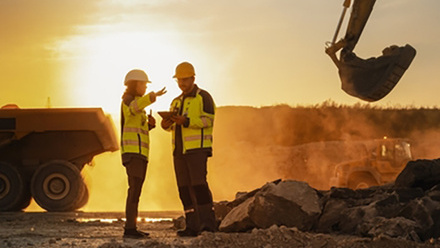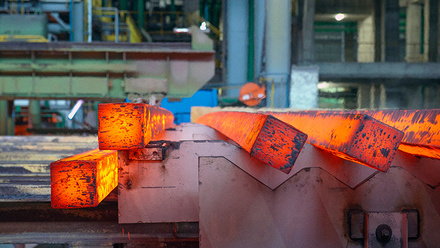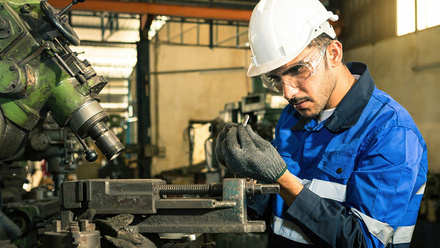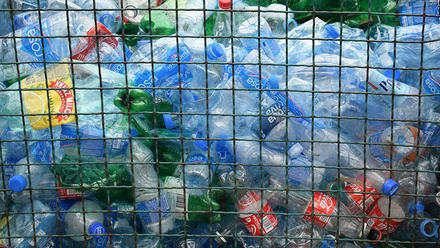Decolonising materials science
What would it mean to decolonise materials science?
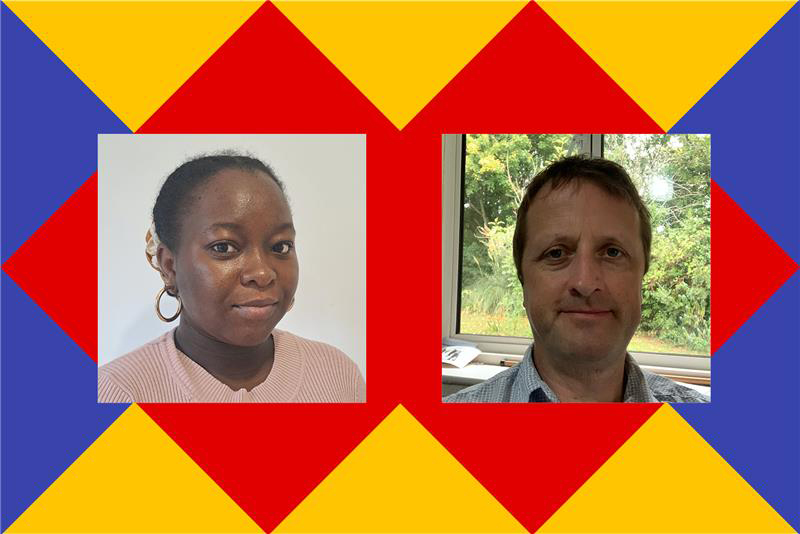
What would it mean to decolonise materials? Before answering that question, I expect many of our readers are perhaps wondering what decolonisation means.
The whole topic and its exact definition are a cause of some debate, but it has been perhaps best described as the 'undoing of colonialism'.
And what is colonialism? Colonialism isn’t just a thing of the past. Many countries have accumulated their wealth based on the colonisation and exploitation of countries around the world, such as those in Africa, the Caribbean, India, Malaysia, and parts of China, including Hong Kong.
But what role did and do materials play in this colonisation, and how might we undertake a decolonisation of materials science?
This might include reparative programmes to divest in inequitable extractive materials activity, where the impacts are being felt most acutely by Indigenous people.
We might also think of ways in which we can decolonise our curricula in materials science courses, to teach about the achievements and contributions of Black, Asian and minority ethnic people to the subject.
Revisiting history
Materials science has benefitted from several ages of development. Often authors on the history of materials science will point to the Iron Age, the Bronze Age and might claim we are now in the age of silicon.
Focusing on the UK, technological developments have all been enabled by importing resources.
The historian and economist Joseph Inikori explores the economic development of Britain in his book Africans and the Industrial Revolution.
He introduces the concept of ‘Import Substitution Industrialisation’, which basically boils down to the fact that, before colonialism, Britain’s GDP was fairly static, partly due to very few natural resources – apart from wool which saw an increase in export trade during Medieval Times.
During colonisation and, in particular, at the plantations in the US and in the Caribbean, there was a shift to using ‘externally’ cultivated resources – in this case, cotton to increase wealth.
Cotton was brought in large amounts for processing in the UK. Merchants got rich from this, but only because they used enslaved Black Africans to grow the cotton.
Decolonisation seeks to ensure this history is recognised, but also acknowledges that this form of ‘Import Substitution Industrialisation’ persists to this day.
Take chocolate for instance. Ghana is one of the largest producers of cocoa beans, the primary ingredient in chocolate. Despite this, the country itself barely benefits from the wealth that chocolate generates. That wealth is generated within countries where chocolate is produced, including the UK. More than that, the import of Ghanaian chocolate is heavily controlled, not allowing for its wholesale distribution in Western countries.
A form of decolonisation that takes place in science, technology, engineering and mathematics (STEM) subjects is the recognition of racially underrepresented groups for their contributions to the field.
Moreover, restitution of the history books to acknowledge this, when their contributions may have been erased or overlooked compared to their white counterparts – sometimes called a ‘whitewashing’ of history. In materials science this has happened.
Thomas Edison was pivotal in the development of the lightbulb. Less acknowledged is that it was a Black African American inventor, Lewis Howard Latimer, who patented the filaments that went into the lightbulbs – originally based on carbonised bamboo fibres. He worked for the Edison Light Bulb company, and held over 100 patents.
Furthermore, Latimer’s parents had, prior to his birth, fled slavery in the deep South of America. Former slaves had to buy their freedom, and unable to do this, Latimer’s father had to flee, splitting the family. Latimer very much lived in the legacy of colonialism and slavery.
But the historical record has often omitted these contributions, relying perhaps more on unwritten and sometimes spoken word, memory and handed down knowledge. The decolonisation of materials science will require some work to trace the antecedents to what is considered ‘modern materials science’, but in doing so we might uncover many hidden gems of knowledge.
Tackling the today
But decolonisation is not just a matter of historical recognition, nor is it just based in the past.
‘Waste colonialism’ is a term that came into prominence by West African researchers in 1989. The literal colonisation of our rubbish to countries that are often in the so-called developing world. For example, in 2017, China (although developing as a term does not apply to China) announced it will no longer accept waste from the UK.
It is also former colonies that are arguably going to feel the full force of climate change, an effect of excess carbon dioxide emitted during the Industrial Revolution...wait for it, during colonial times. So, this is the real sting in the tail, and it goes even further.
In our pursuit of a ‘green revolution’ through the decarbonisation of our energy networks, Western Europe, China and North America are buying up huge reserves of scarce metals and minerals.
One metal vital to the decarbonisation of energy networks is copper. The second largest copper mine is in West Papua – a country that is formally part of Indonesia, but until 1969, was a colony of the Netherlands. There are reports that copper has been mined to the detriment of the indigenous West Papuan people (sometimes called Melanesians).
Should we be making our graduates of materials science aware of this? Absolutely, and this is part of the decolonisation of the curriculum – our STEM subjects are anything but neutral.
So, what of materials science and its ability to provide solutions – some sort of reparative justice as it’s called in the decolonisation sphere? Well, there are plenty of opportunities to do that.
Some questions to consider. Should we explore alternatives to lithium in batteries because of the exploitation of land and water use in its mining?
Should we seek more sustainable solutions for plastics given that waste often ends up in former colonies, polluting rivers?
Those that oppose decolonisation or question its merits often point towards a debate about the impact of colonialism, or try to argue that there were good elements to it.
We would ask people to consider the act of decolonisation as seeking a better world, one free from oppression and economic slavery.
A world where we, as materials scientists, seek to deploy our technologies in a way that does not exploit but promotes Indigenous knowledge. This is perhaps the last, and maybe most important, point of the decolonisation piece.
There are many cultures and Indigenous groups around the world whose conceptual way of life does not see sustainability as separate. After all, the word ‘materials’ finds its roots in the Latin ‘materia’, which also derives from the word ‘mater’, meaning Mother. Many cultures consider the earth as a living person, ‘Mother Earth’. If we continue to destroy this life-giving force, we will ultimately destroy each other.
The colonial project, the Industrial Revolution and the pollution of our planet leading to climate change are not unconnected. It is up to us to reverse this, and decolonisation is an important piece in the puzzle to get us out of this mess.


